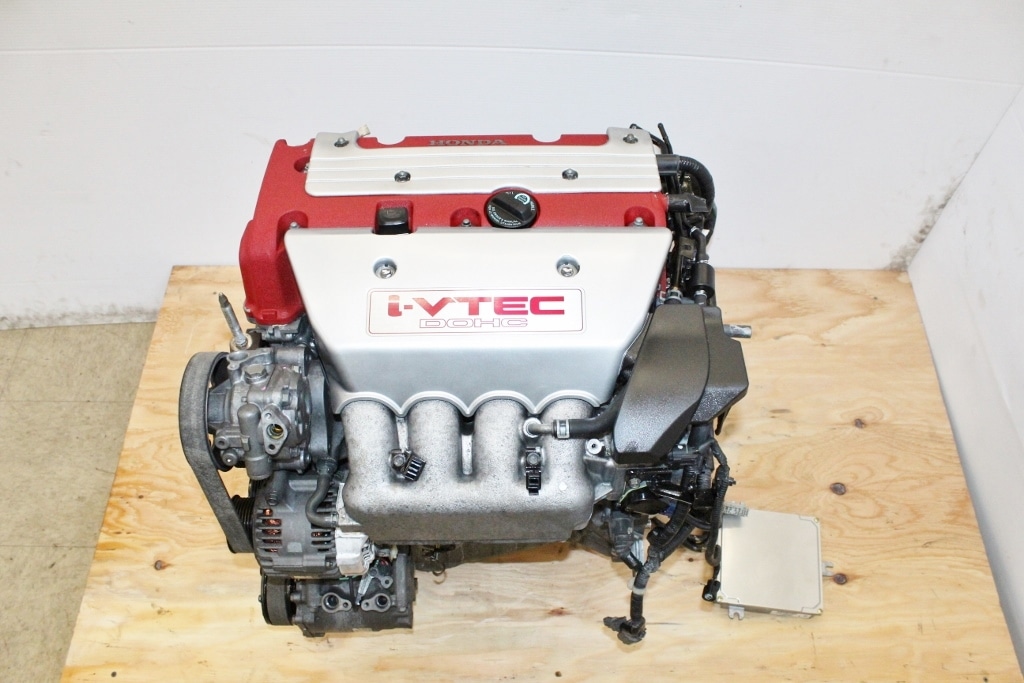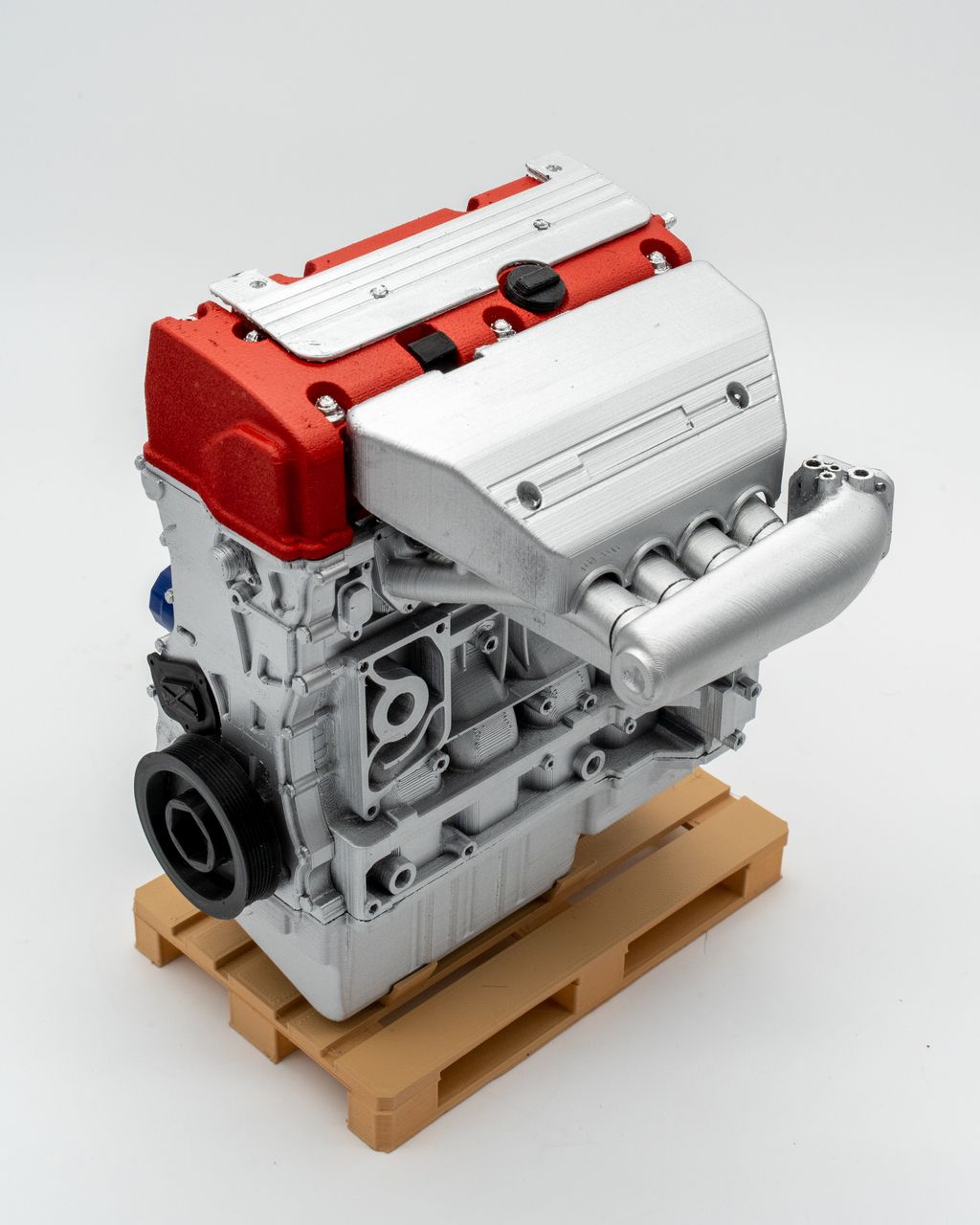All About the K20 Engine: Trick Insights Into Its Layout and Efficiency Advantages
The Honda K20 engine, an exceptional item of engineering, continues to be a topic of intrigue amongst cars and truck lovers and specialists alike. The unique mix of its exceptional layout, high-revving ability, and exceptional power output establishes it apart in the globe of automotive engines. Nonetheless, to absolutely value its ingenuity, one need to check out the intricate details of its building and construction and performance. Let's start a journey to understand the intricacies that make the K20 engine a standout performer.
The Origin and Development of the K20 Engine
The K20 engine, a wonder of vehicle engineering, traces its roots back to the turn of the millennium. Born in the hands of Honda's skilled designers, the K20 promptly came to be a sign of phenomenal performance and dependability. As component of the K-series engines, it was originally introduced in 2001, amassing attention for its unique construct and power outcome. Over the years, the K20 engine has actually evolved, integrating technical improvements whilst retaining its core layout approach. This development has seen the K20 go from powering small vehicles to being the heart of high-performance vehicles. In spite of the surge of newer engines, the K20 still holds its ground, a testament to its well-conceived beginnings and continuous refinement. This enduring prestige emphasizes the K20's importance in the record of automobile history.
Comprehending the Design of the K20 Engine
The K20 engine's one-of-a-kind framework is a marvel of engineering that establishes it apart from its equivalents. Its performance attributes and requirements highlight the thorough interest to detail and development that went right into its production. The engine's air conditioning and lubrication systems further show the cutting-edge technique taken in its design.
K20 Engines Distinct Framework
While several engines flaunt excellent requirements, it is the distinct structure of the K20 engine that sets it apart. Honda, the manufacturer, designed this engine as component of the K-series, which are four-cylinder, four-stroke engines. The K20, specifically, includes a light weight aluminum cyndrical tube block with a cast iron cyndrical tube lining. Its compact framework is impressive for its high-revving nature, which is sustained by a twin overhead camshaft (DOHC) style. This DOHC layout, incorporated with the VTEC system (Variable Valve Timing and Lift Electronic Control), guarantees efficient gas combustion and a wide powerband. Such a considered framework is one of the reasons the K20 engine has acquired an online reputation for its high efficiency and reliability.
Efficiency Characteristics and Specs
In order to genuinely understand the K20 engine's excellent performance, one have to explore its complex design and technological requirements. This ingenious engine, a product of Honda's engineering prowess, boasts a 2.0 L variation, and a four-cylinder, DOHC i-VTEC configuration. Its layout permits a peak power result of roughly 200 horsepower, operating effectively at 7,800 RPM. The K20 engine also includes a high compression ratio of 11:1, improving fuel effectiveness and power generation. Its lightweight construction, accomplished through the usage of an aluminium block and head, improves the power-to-weight ratio, offering a side in terms of acceleration and handling. Note that the K20's efficiency is also substantially influenced by its certain transmission pairing and tuning.
Innovative Cooling and Lubrication
Couple of facets of the K20 engine's design are as important to its performance as its inventive cooling and lubrication system. It features a high-flow oil pump and an unique oil filter design to make certain clean, unhampered oil flow to essential engine elements. This ingenious air conditioning and lubrication setup is a key element in the K20 engine's prominent longevity and performance, supplying important defense versus wear and thermal damage.
The Technical Requirements of the K20 Engine

Performance Characteristics of the K20 Engine
In analyzing the K20 engine, one should think about numerous efficiency characteristics. Significantly, the power output and the layout includes improving performance are crucial facets to analyze. Just as important is the factor to consider of gas efficiency, showing the engine's financial viability.
K20 Engine's Power Output

Style Features Enhancing Performance
Regardless of its compact dimension, the K20 engine boasts several design features that dramatically boost its efficiency. This engine likewise includes a light-weight, die-cast light weight aluminum block that reduces total weight, leading to enhanced car dynamics and velocity capacities. These style elements work with each other, making the K20 a standout entertainer in its course.
Gas Performance Considerations
Although the K20 engine is renowned for its power and efficiency, its gas efficiency factors to consider can not be forgotten. Integrated into its design are attributes that contribute to its exceptional fuel economy. These include a compact burning chamber and the use of lightweight products that reduce engine lots. Furthermore, its Variable Valve Timing and Lift Electronic Control (VTEC) system optimizes power outcome at high RPMs without compromising fuel efficiency at lower speeds. The engine's computer-controlled system likewise makes improvements gas injection and ignition timing, additionally enhancing fuel economic climate. Subsequently, the K20 engine uses an impressive mix of efficiency and gas effectiveness, making it an option engine for lots of performance and economy-minded motorists.
Common Applications and Use the K20 Engine

The Advantages and Drawbacks of the K20 Engine
Having developed the K20's prevalent usage in various applications, it's similarly crucial to consider its advantages and negative aspects. On the positive side, the K20 engine is lauded for its high efficiency and dependability. The engine is not without its drawbacks.
Conclusion
In conclusion, Honda's K20 engine, introduced in 2001, is a wonder of automobile engineering. It provides impressive performance and dependability because of its innovative design, featuring a DOHC and VTEC system, and a high-revving capacity. Its power output, lightweight building, and high RPM have made it a preferred option among car enthusiasts and for high-performance applications. Despite some drawbacks, the K20 engine's benefits plainly exceed them, making it an impressive feat in the automobile market.
While several engines flaunt outstanding specifications, it is the unique structure of the K20 engine that sets it apart. Honda, the supplier, designed this engine Read Full Article as component of the K-series, which are four-cylinder, four-stroke engines.Few aspects of the K20 engine's layout are as vital to its efficiency as its resourceful air conditioning and lubrication system.In spite of its portable size, the K20 engine boasts numerous style features that significantly improve its efficiency. The K20 engine provides an excellent mix of efficiency and fuel effectiveness, making it an option engine for several performance and economy-minded chauffeurs.